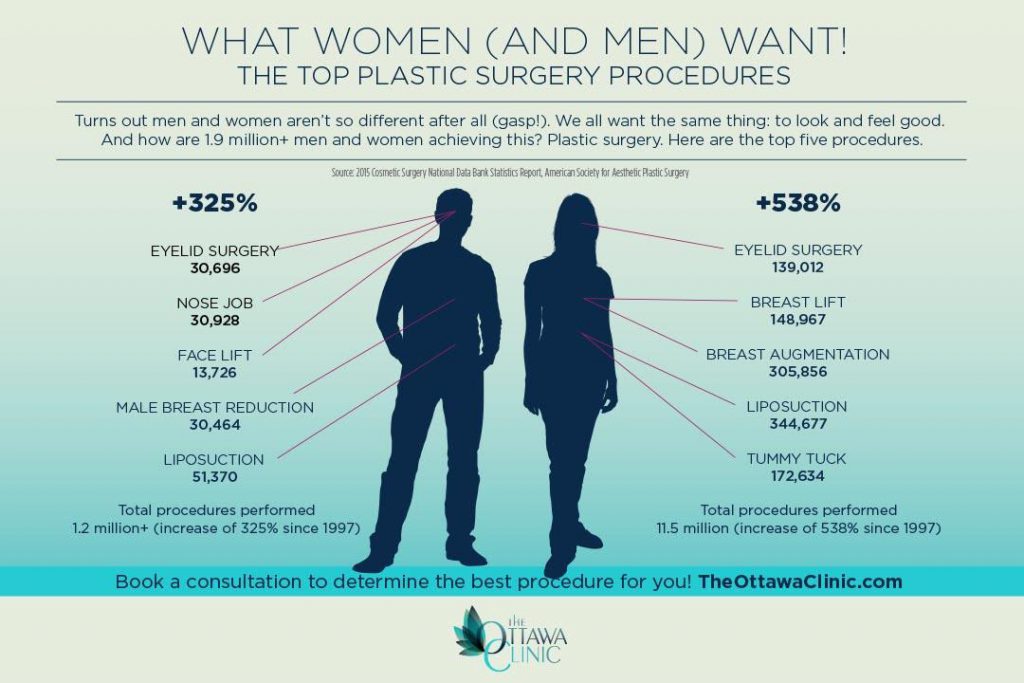Pros And Cons Of Laser Resurfacing
Pros And Cons Of Laser Resurfacing
Blog Article
Acne Scars and Post-Acne Care
Acne marks and dark marks can continue to be even after the blemish itself has actually removed. But there are many all-natural, over the counter and clinical therapies that can decrease their look.
Ice choice marks are small indentations that resemble pinpricks; rolling scars have a wave-like appearance and shallow depth; boxcar marks have clear sides; hypertrophic marks are elevated bumps. Therapies consist of skin needling, where your medical professional rolls a needle-studded tool over the skin; and medical excision, when a medical care specialist remove deep marks.
1. Scrub
Acne marks discolor best when they aren't covered with dead skin cells. Exfoliation eliminates the buildup and allows fresh skin cells to come to the surface. It also makes acne marks much less recognizable.
A skin doctor can advise peeling approaches for your certain skin kind. Dry skin may take advantage of exfoliation with scrubs or other mechanical methods, while oily skin may require a chemical peel. Those with darker complexion require to be cautious utilizing stronger chemical treatments, as they can cause dark places and level of sensitivity.
If you have acne marks, prevent picking or squeezing at them, which can make them even worse. Swelling brought on by inflammation enhances the possibility of scarring. Choosing can leave ice-pick scars, which are narrow impressions with a factor at the end. You can likewise get boxcar scars, which are impressions with bigger sides. You can likewise develop hypertrophic or keloid scars. These are elevated bumps of mark tissue that can be itchy and painful.
2. Hydrate
After finishing your acne therapy, keeping skin clear and healthy calls for a regular skin care routine that protects from breakouts and lowers post-acne marks. This consists of a gentle cleanser and moisturizer, non-comedogenic items that don't clog pores, and avoiding foods that aggravate skin or trigger acne flare-ups.
Utilizing a lightweight, non-comedogenic cream with active ingredients like hyaluronic acid and glycerin can assist hydrate skin while also boosting skin structure and promoting recovery. Try to find a product that is formulated without scent or parabens.
A product that targets lingering acne marks with active ingredients such as skin-brightening tranexamic acid and bakuchiol can enhance dark spots or irregular tone brought on by inflammation. It gently resurfaces the skin while smoothing rough and distinctive locations. A product that combines a retinoid and a plant-based retinol option can also boost the look of deeper marks while concurrently targeting existing blemishes and protecting against future breakouts.
3. Cover Up
As soon as your acne scars recover, you can conceal them with makeup and a concealer. Simply see to it you're just applying the item over scars that are totally meso therapy healed (not fresh ones), says Sotomayor. After that, finish your appearance with a bold lip shade or statement smoky eye shadow for maximum influence.
When it concerns picking a foundation or tinted cream, it is essential to select one that is noncomedogenic and oil-free. This will certainly help maintain your skin clear and prevent the obstructing of pores that can result in brand-new breakouts.
The very same chooses selecting a concealer. Look for a formula that uses complete coverage however still really feels lightweight and blendable on the skin. Additionally, when concealing indentations from acne scars, it's an excellent concept to find a shade that matches your natural complexion (rather than a color lighter or darker). This will assist hide the indents more effectively. This beneficial balm is an outstanding alternative for brightening and lightening post-inflammatory hyperpigmentation, which can be brought on by acne or other inflammatory skin disease. It contains moistening panthenol, softening shea butter and strengthening peptides that minimize redness and scaly appearance.
4. See Your Dermatologist
The marks that form from serious acne often need therapy by a physician or dermatologist. Prior to that can happen, though, a person should have their acne in control. This includes not choosing or pressing acne spots, and utilizing mild cleansers and water-based non-comedogenic products that will not clog pores.
If pharmacy cleansers and place treatments aren't clearing your skin, timetable an appointment with a skin specialist. The dermatologist can suggest various other treatments that help remove your skin without drying it out or bothersome it.
A dermatologist can additionally deal with other type of post-acne marks, consisting of dark spots that are a kind of hyperpigmentation called PIH (post-inflammatory hyperpigmentation). A topical retinoid like adapalene can noticeably lighten these marks and fade them rapidly. For various other types of scars, the physician can recommend a more intensive therapy. This can include microdermabrasion or chemical peels that are done right in the workplace. Relying on the seriousness of your marks, these therapies might require to be duplicated.